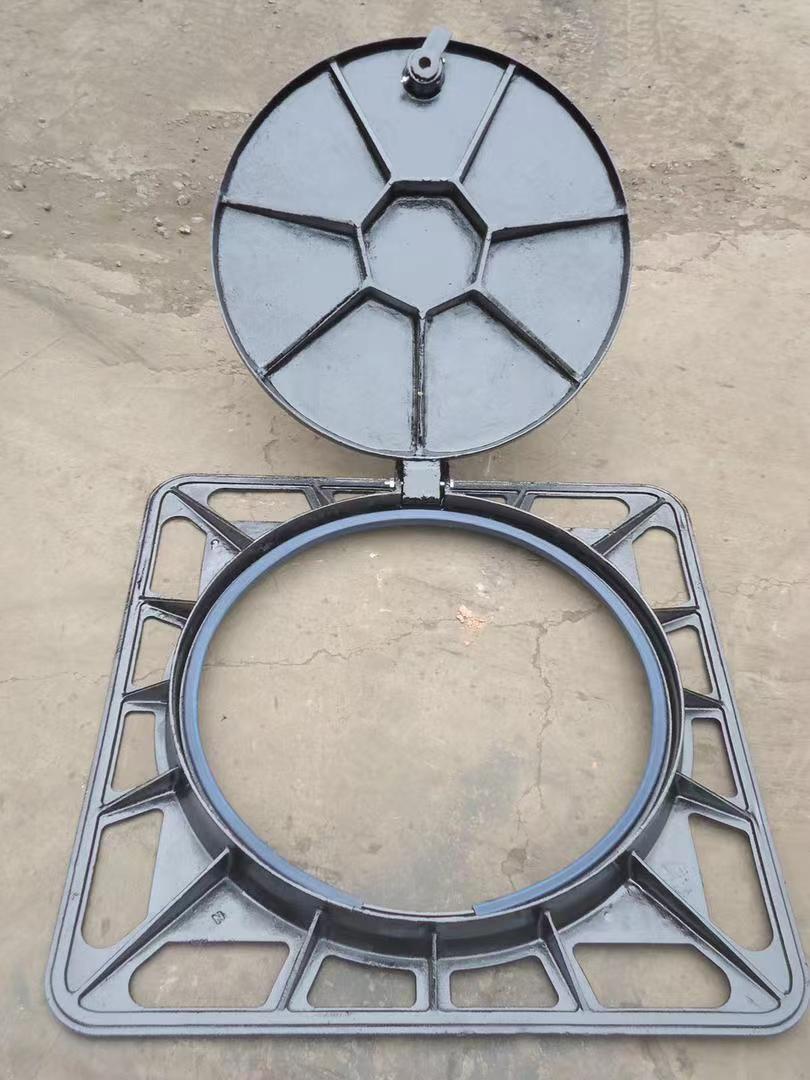cast iron tree guard
The Importance of Cast Iron Tree Guards
In urban landscapes, where nature often struggles against the encroachments of development, the protection of trees is paramount. One notable solution to help safeguard these essential components of our ecology is the cast iron tree guard. These robust structures serve not just as protective barriers, but also as vital elements in urban design, blending functionality with aesthetic appeal.
What is a Cast Iron Tree Guard?
Cast iron tree guards are protective enclosures made from cast iron, specifically designed to shield the trunks of trees planted in urban settings. These guards typically surround the base of a tree, creating a physical barrier between the tree and the surrounding environment. Their primary purpose is to prevent damage from foot traffic, vehicles, and landscaping equipment, ensuring that the delicate root system remains undisturbed.
Additionally, cast iron tree guards can deter pests and discourage unwanted vegetation growth around the base of the tree. By providing a stable and durable solution, city planners and environmentalists can ensure that trees have a better chance to thrive in urban environments.
Benefits of Cast Iron Tree Guards
One of the key benefits of cast iron tree guards is their durability. Cast iron is well-regarded for its resilience against various environmental factors. Unlike plastic or wood, which can degrade over time, cast iron can withstand harsh weather conditions, resist corrosion, and endure impacts from nearby activities. This longevity makes cast iron tree guards a worthwhile investment for municipalities looking to maintain their green spaces.
Moreover, these guards can be designed in numerous styles and finishes, allowing them to complement the aesthetic of their surroundings. Cities often face the challenge of integrating green spaces into their urban architecture, and cast iron tree guards provide a blend of form and function. Their ornamental designs can enhance the visual appeal of streetscapes, parks, and public spaces.
cast iron tree guard

Historical Significance
The use of cast iron in urban design is not a modern phenomenon; it has roots deep in history. During the 19th century, as cities expanded and industrialization took hold, cast iron became a favored material for a variety of applications. From lamp posts to railings, cast iron was celebrated for its strength and ability to be molded into intricate designs.
Tree guards, in particular, emerged as a practical solution to protect newly planted trees as cities modernized and expanded. Today, many historic districts utilize traditional cast iron tree guards, showcasing craftsmanship that reflects their cultural heritage. In this sense, cast iron tree guards are not merely functional; they are artifacts that tell the story of urban growth and development.
Environmental Impact
Beyond aesthetics and protection, cast iron tree guards play a role in promoting urban ecology. As cities grapple with the challenges of climate change, the importance of green spaces cannot be overstated. Trees contribute to improved air quality, reduction of urban heat, and support for local wildlife. By protecting these vital structures within our cities, cast iron tree guards help ensure that urban trees can grow strong and healthy, further benefiting local ecosystems.
Moreover, the implementation of tree guards increases public awareness of the need for tree care and conservation efforts in urban settings. When residents see well-maintained trees thriving within protective guards, they are more likely to support initiatives aimed at enhancing and preserving green spaces in their communities.
Conclusion
In conclusion, cast iron tree guards represent a harmonious blend of protection, durability, and design that enhances urban landscapes. They serve as guardians of trees that endure through time, effectively contributing to the ecological and aesthetic health of cities. As urban areas continue to grow, the role of cast iron tree guards in fostering a balance between nature and development will remain crucial. They not only protect our trees today but also serve as a testament to our commitment to preserving green spaces for future generations. By investing in these structures, we invest in the vitality of our urban environments, ensuring they remain vibrant and livable for all.
-
The Smarter Choice for Pedestrian AreasNewsJun.30,2025
-
The Gold Standard in Round Drain CoversNewsJun.30,2025
-
The Gold Standard in Manhole Cover SystemsNewsJun.30,2025
-
Superior Drainage Solutions with Premium Gully GratesNewsJun.30,2025
-
Superior Drainage Solutions for Global InfrastructureNewsJun.30,2025
-
Square Manhole Solutions for Modern InfrastructureNewsJun.30,2025
-
Premium Manhole Covers for Modern InfrastructureNewsJun.30,2025
